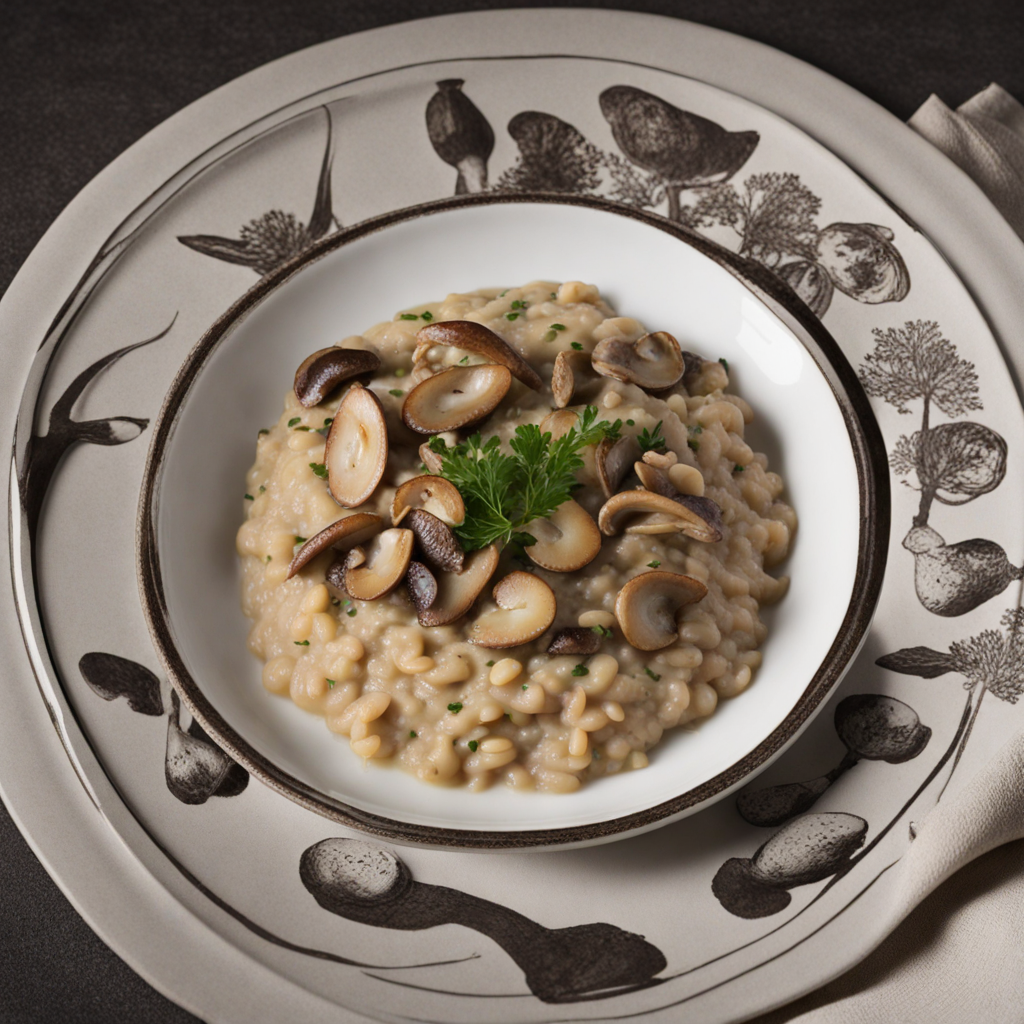Marzipan Fruits
Marzipan Fruits are a delightful confectionery that encapsulate the essence of Estonia's rich culinary heritage. Crafted from finely ground almonds, sugar, and egg whites, this sweet treat takes on the form of vibrant, fruit-shaped sculptures. Each piece is meticulously hand-painted with edible colors, mimicking the appearance of real fruits, such as apples, pears, and berries, making them not only delicious but also visually stunning. The smooth texture of marzipan melts in your mouth, delivering a sweet almond flavor that harmoniously complements its fruity essence. In Estonia, marzipan has a long-standing tradition, often associated with festive occasions and celebrations. The art of marzipan-making dates back to the medieval times, and today, it continues to be a beloved treat that resonates with both locals and visitors. The marzipan fruits are often filled with rich chocolate or fruit puree, enhancing their flavor profile and providing a delightful contrast to the sweetness of the marzipan itself. This combination of textures and flavors creates an irresistible experience for dessert lovers. Enjoying marzipan fruits is not just about indulging in a sweet treat; it is an exploration of Estonian culture and craftsmanship. These artisanal confections are often found in charming cafes and specialty shops across Estonia, inviting you to savor a piece of the country’s culinary artistry. Whether you are gifting them to a friend or indulging yourself, Marzipan Fruits promise a unique taste adventure, celebrating the beauty of simplicity and the joy of craftsmanship in every bite.
How It Became This Dish
The Sweet Saga of Martsipanivili: An Estonian Delicacy Martsipanivili, a traditional sweet from Estonia, is more than just a delightful treat; it is a culinary emblem that encapsulates the Estonian spirit, culture, and history. This marzipan-like confectionery, often shaped into intricate figures and decorated with vibrant colors, has a story that intertwines with the very fabric of Estonia’s historical journey. #### Origins: A Convergence of Cultures The roots of Martsipanivili can be traced back to the medieval period, a time when trade routes flourished across Europe, facilitating the exchange of not just goods, but also culinary techniques and ingredients. The name “martsipan” is believed to derive from the Italian word “marzapane,” itself thought to have Arab origins, linked to the Arabic word “mauthaban,” which refers to a paste made from ground almonds and sugar. In Estonia, the introduction of marzipan coincided with the arrival of German merchants and craftsmen who settled in the region during the 13th century. These merchants brought with them the art of confectionery, particularly the making of marzipan, which was initially a luxury reserved for the elite. Almonds, a key ingredient in marzipan, were not indigenous to Estonia, but the burgeoning trade networks made them accessible. As the recipe evolved, Estonian cooks began to adapt the traditional marzipan by incorporating local flavors and ingredients. It was during the 19th century that Martsipanivili, as a distinct confection, emerged, characterized by its unique almond-sugar blend and the addition of local berries and fruits, which enhanced both its flavor and nutritional value. #### Cultural Significance: A Sweet Tradition Martsipanivili holds a special place in Estonian culture, symbolizing celebration and community. It is particularly associated with festive occasions, such as Christmas and weddings, where it is often gifted or served as a treat. The confectionery is not merely a dessert; it is a representation of joy, craftsmanship, and togetherness. The craftsmanship involved in making Martsipanivili is noteworthy. Artisans often shape the sweets into whimsical figures—animals, flowers, or even characters from folklore—showcasing their skill and creativity. This practice has its roots in the medieval tradition of using marzipan to create elaborate centerpieces for banquets and celebrations, which was later adopted by Estonian bakers. In the 20th century, the significance of Martsipanivili expanded as it became a symbol of national identity. During the Estonian War of Independence (1918-1920), the confection was embraced as a patriotic treat, often enjoyed during national holidays and gatherings. The act of making and sharing Martsipanivili became a way for Estonians to express their cultural heritage and resilience. #### Development Over Time: A Culinary Evolution From its medieval origins to its modern-day status, Martsipanivili has undergone several transformations. The early versions, while delicious, were often rudimentary in appearance. However, as artistic techniques evolved, so did the presentation of this beloved sweet. The 19th century marked a significant turning point for Martsipanivili. With the rise of the bourgeois class and the establishment of bakeries, the sweet became more widely available. Bakeries began to produce Martsipanivili in larger quantities, and its popularity soared. The introduction of food coloring in the late 19th century allowed for more vibrant decorations, making Martsipanivili not just a treat but a feast for the eyes. In the mid-20th century, the influence of Soviet rule brought about challenges for Estonian culinary traditions, including Martsipanivili. During this period, traditional ingredients became scarce, and there was a shift towards mass production. However, the end of Soviet rule in the early 1990s reignited interest in traditional Estonian foods, including Martsipanivili. Artisans began to revive the craft, emphasizing quality over quantity and focusing on artisanal methods that honored the original recipes. Today, Martsipanivili is celebrated not only in Estonia but also internationally. Estonian artisans participate in food festivals and competitions, showcasing their skills and the cultural importance of this unique sweet. The rise of the internet and social media has allowed for broader exposure, leading to a renewed curiosity about Estonian cuisine and its traditional confections. #### Contemporary Relevance: A Sweet Legacy In recent years, Martsipanivili has found itself at the intersection of tradition and modernity. Contemporary Estonian chefs and bakers are experimenting with flavors, incorporating elements such as chocolate, spices, and even local spirits, creating innovative interpretations while staying true to the core essence of the confection. Moreover, Martsipanivili is now a popular souvenir for tourists, symbolizing Estonia’s rich culinary heritage. It is not uncommon to see beautifully packaged Martsipanivili in gift shops across Estonia, promoting not just the sweet itself but the story and culture behind it. Estonian culinary schools and workshops have also begun to include Martsipanivili in their programs, ensuring that new generations of bakers continue to learn the art of crafting this traditional sweet. This commitment to preserving culinary heritage is vital for maintaining the cultural significance of Martsipanivili in a rapidly changing world. #### Conclusion: A Sweet Testament to Estonian Heritage Martsipanivili is more than just a confection; it is a testament to Estonia’s rich history, cultural resilience, and the artistry of its people. From its medieval origins to its modern-day iterations, it has evolved while retaining its essential character. Today, Martsipanivili represents a connection to the past, a celebration of community, and a sweet symbol of national pride. As Estonia continues to embrace its culinary traditions, Martsipanivili stands as a delicious reminder of the power of food to unite, inspire, and tell stories.
You may like
Discover local flavors from Estonia







